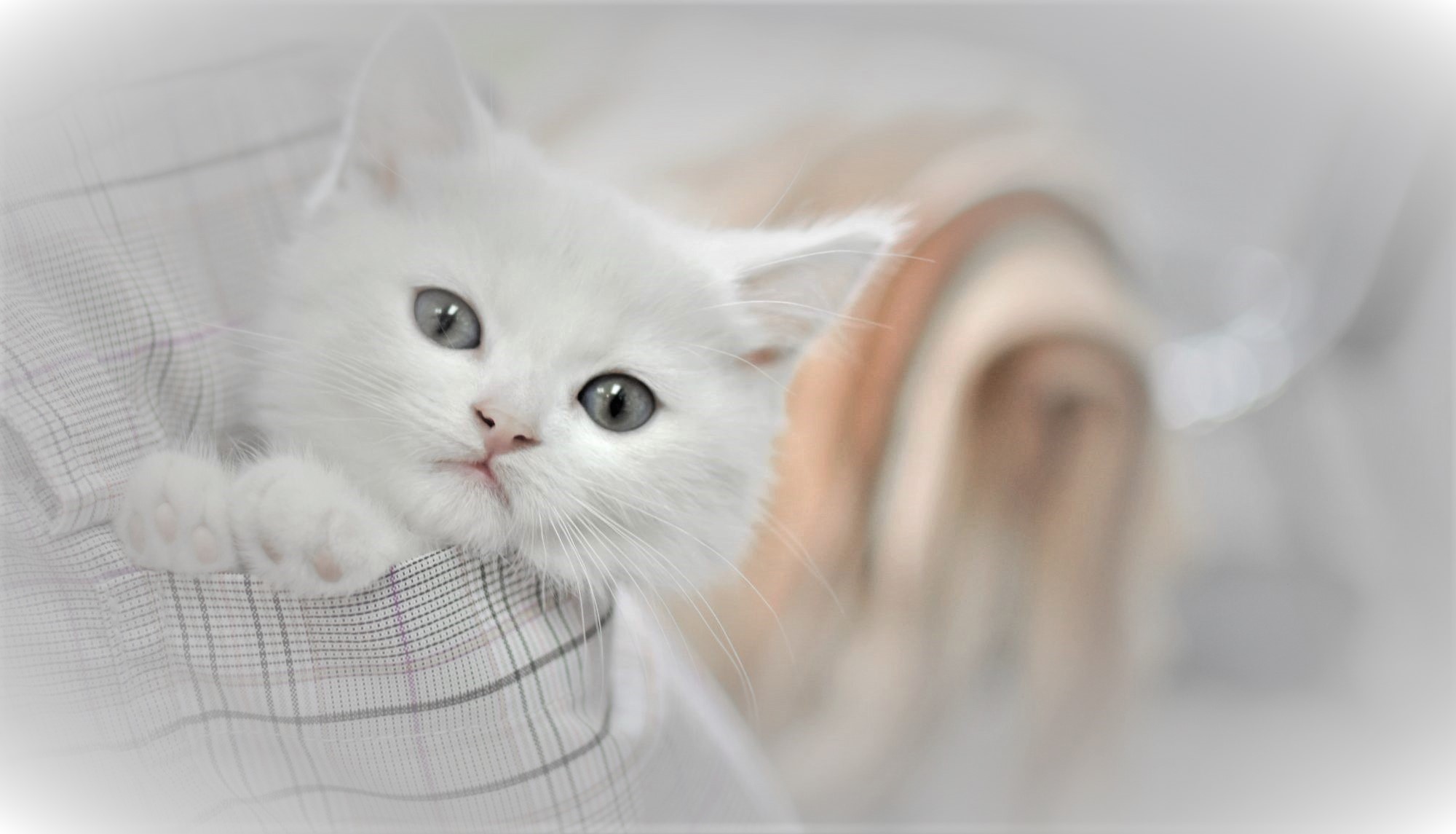I experienced my first cat hairball last week and felt compelled to prevent this fairly gross blob of confusion from organizing in my cats belly. Hairballs are my worst nightmare even though the telltale hack-hack-hacking seems to be commonplace to most cat owners.
What Are Hairballs?

Cats are meticulous self-groomers therefore, it’s this habit that can lead to hairballs — swallowed loose fur that is not completely digested. The problem usually warrants no cause for alarm, but in some cases, hairballs become too big for a cat’s digestive tract and cause a life-threatening situation. It’s important for any cat owner to know why hairballs form, why they’re so common and when they can be dangerous.
All cats get hairballs, says Dr. Groger, but “they are more prevalent in the long-haired breeds — Persians, Himalayans, Maine Coons and domestic long hairs.” She adds, however, that she has “seen problems with short-haired cats, as well.”

Hazardous Hairball Warning Signs
Three key symptoms can distinguish a not-so-worrisome hairball from one that may require immediate medical attention. These include:
-
-
- Continued retching that does not culminate with the expulsion of a hairball
- Frequent diarrhea
- Loss of appetite following repeated hairball episodes
-
All three of these symptoms could mean that your cat’s throat, stomach or intestines are blocked by a hairball obstruction. If your cat exhibits any of these symptoms, schedule a visit to your veterinarian’s office as soon as possible.
Tips on How to Prevent Hairballs by Elizabeth Parker
The best defense against hairballs, dangerous or not, is to keep your cat from getting them in the first place or to make sure they can be digested. Here are some tips recommended by veterinarians.
- Brush your kitty “You really need to get down to the skin to loosen some of the fur,” says Dr. Cruz, who recommends using a soft rubbery brush for the task. Follow up with gentle combing using a fine-tooth comb. Older cats especially need this care, she says, as their digestive systems slow down with age and they’re less able to get rid of hairballs.
- Feed your cat a specially formulated hairball care food Look for foods with beet pulp, carbohydrate blends and a fruit and vegetable extract known as FOS, which promotes healthy stomach bacteria. This combination of ingredients not only helps reduce fur balls, but it also enhances your cat’s ability to absorb nutrients, provides bulk to move food through the intestines, promotes colon health and reduces waste and litter box odors.
- For repeat hackers, increase their fiber intake Increasing fiber in your cat’s diet can help. The fiber will help hold onto hair and aid it in passing through the digestive track. Dr. Cruz suggests adding bits of asparagus, small amounts of canned pumpkin or oat grass to your cat’s hairball care commercial diet.
- Offer a little oil You might also add a very small amount — around half a teaspoon — of petroleum jelly, olive oil or butter to your cat’s food. This too will help push through fur in the digestive system.
- Purchase a commercial hairball remedy Commercial hairball remedies often contain similar fiber and oil ingredients combined with flavor enhancers to tempt your cat. Look for them at your local pet store. Just be sure to follow the enclosed listed directions carefully.
- Keep a clean house Don’t allow your kitty access to pieces of string or thread around the house. If ingested, these can get wrapped up with swallowed fur and cause an obstruction.
Hairballs are an unpleasant side effect of your kitty’s natural inclination to stay clean and beautiful. Our job as cat owners is to allow that self-grooming but take responsible steps to make sure it doesn’t result in a dangerous, albeit hairy, health hazard.

